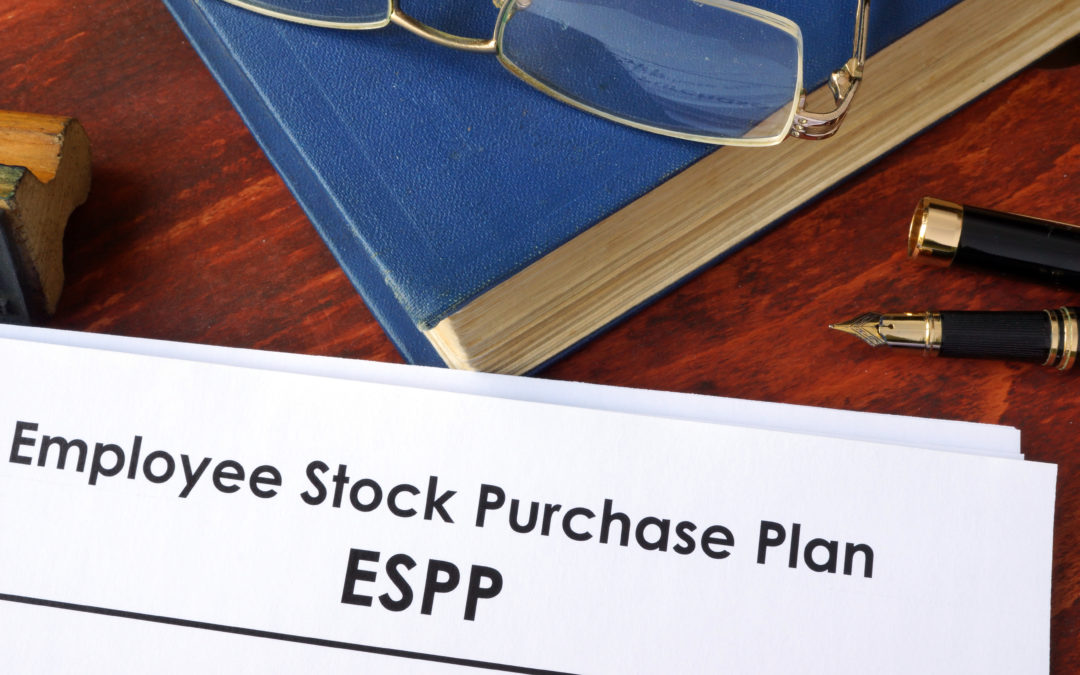Employee Stock Purchase Plans can be a very attractive way to buy your employer’s stock, typically at a discount of up to 15%.
But the tax rules around the sale of this stock can be complicated, and determining whether or not you’ll owe tax on the sale can be confusing.
Our free guide to understanding the taxation of employee stock purchase plans can help you understand these rules, and avoid any possible tax pitfalls.
The Tax Form 3922
If you’re a participant in your employer’s Employee Stock Purchase Plan, you’ll receive an IRS Form 3922 to help you file your taxes.
In this article, we’ll review what form 3922 is, why it’s important, and what you may need to do to help your accountant file your taxes correctly.
What Is It
Formally titled “Transfer of Stock Acquired Through an Employee Stock Purchase Plan Under Section 423(c)”, Form 3922 is an information form issued by a company to participants in the company’s employee stock purchase plan.
When you sell the company stock you acquired via the ESPP, you’ll need the information on Form 3922 to obtain accurate cost basis information, and the correct amount of ordinary income to recognize.
Why It’s Important
The brokerage company that holds the stock only reports the reduced cost of the shares you bought. Typically, you’re able to buy the company’s stock at 85% of its closing price on the lower of (a) the first day of the offering period and (b) the last day of each purchase period).
Your employer reports the discount on your Form W-2 as ordinary income in Box 1, subject to income tax after you sell your shares.
When you review your year-end 1099-B brokerage statement, it may incorrectly show as your cost basis the discounted price paid for the company stock. If you don’t adjust your cost basis upward to reflect the fact that the discount was reported as ordinary income, you’ll pay too much tax.
Fortunately, your brokerage firm may also send you a supplemental statement with the amount you should adjust your cost basis by.
Let’s look at an example:
The stock price was $18.00 on the grant date in November 2017, and then rose to $20.00 on the purchase date in May 2018. You were able to buy the stock at a 15% discount to the lower of the two prices, or $15.30. You bought 100 shares. You then sold the stock for $24.00 per share in December 2018, making this a disqualifying disposition.
Income: ($20.00 – $15.30) x 100 = $470.00
Gain: ($24.00 – $20.00) x 100 = $400.00
Your employer will report $470.00 in wages on your Form W-2. Your adjusted basis for calculating gains is $20.00 per share. But your 1099-B from your brokerage company will report an unadjusted basis of $15.30 per share.
What to Do
If you’re selling your shares within two years of the grant date, it will be considered a disqualifying disposition. In this case, you’ll want to review Boxes 4 and 5 on Form 3922.
If you’re selling after two years of the grant date, it will be considered a qualifying disposition. You’ll want to review Boxes 3 and 8 on Form 3922.
As with all matters tax-related, you should consult your CPA or financial advisor with any questions.
Special Offer
Do you know whether you’ll owe tax on the sale of company stock you bought through an ESPP?
We can help you determine if you owe any taxes, and help you design a strategy to minimize taxes in the future.
Get Your Free Guide to the Taxation of Employee Stock Purchase Plans
PLEASE SEE important disclosure information at www.springwaterwealth.com/blog-disclosure/.
